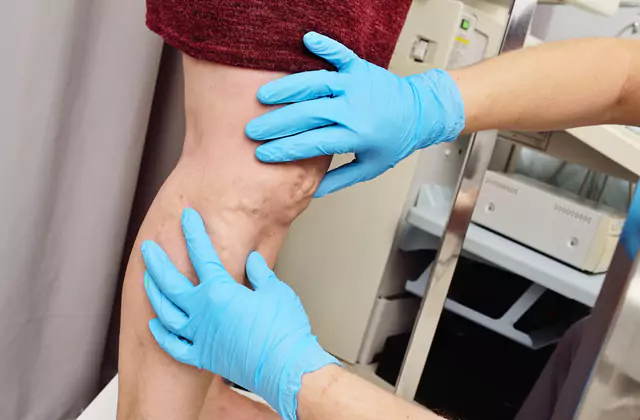
PATIENTS
Deep Vein Thrombosis (DVT)


Deep vein thrombosis (DVT) occurs when a large blood clot forms in one or more deep veins, commonly in the legs or pelvis. It’s important to know that about half of the people with DVT have no symptoms at all, making it essential to be aware of the signs.

Signs of Recurrent DVT
If you’ve had DVT before, you should be on the lookout for these symptoms, which may indicate a recurrence:
- Swelling: Notice if one leg becomes swollen, or in rare cases, if both legs do.
- Pain: You might feel pain starting in your calf, often described as cramping or soreness.
- Discoloration: Look for red or discolored patches on your leg.
- Warmth: The affected leg may feel warmer than usual.
Living Healthy to Prevent DVT
After your DVT treatment, taking steps to lead a healthier lifestyle can significantly reduce your risk of another blood clot. Here are some practical tips:
- Wear Compression Stockings: These helps improve blood circulation, especially during air travel.
- Stay Active: If you’re on a long flight, make sure to get up and walk around whenever you can to keep blood flowing.
- Take Breaks: If you sit for long periods, schedule short breaks to walk or do simple leg exercises.
- Quit Smoking: Smoking increases your risk of blood clots, so seek help to quit if needed.
- Embrace a Healthy Lifestyle: Focus on a balanced diet, regular exercise, and maintaining a healthy weight.
By being mindful of these signs and making healthy choices, you can support your recovery and reduce the risk of recurrent DVT. Always consult your doctor if you have concerns or questions about your health.


